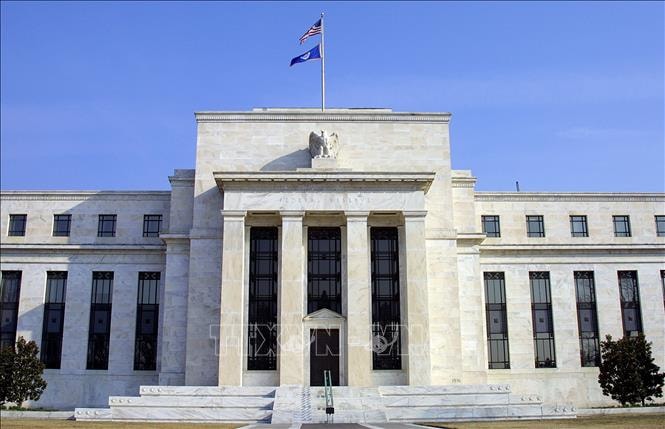On June 27, the US Federal Reserve (Fed) announced that all 31 major banks in the country had passed the central bank's annual stress test to assess their ability to respond to a major financial crisis.

In a statement, the Fed said this year's "stress test" was essentially the same as last year's, which simulated a severe global recession for banks. In that scenario, commercial real estate prices fell 40%, home prices fell 36% and unemployment rose sharply.
This year’s stress tests show that large U.S. banks have enough capital to withstand significant stress and meet minimum capital adequacy ratios, but they will suffer higher financial losses because of their riskier balance sheets and higher operating costs, said Michael Barr, the Fed’s vice chairman for banking supervision.
According to Mr. Barr, the banks' losses in the hypothetical situation are higher due to three reasons: "significant increase" in credit card balances and higher delinquency rates; riskier corporate credit portfolios; higher costs while revenue from fees is lower.
The Fed said this year's stress tests were conducted on 31 banks, up from 23 last year, due to the participation of several large banks that previously only underwent the tests every two years.
“The Fed’s latest stress tests once again show that the U.S. banking system remains healthy, well capitalized, and ready to weather a severe recession,” said Rob Nichols, president of the American Bankers Association.